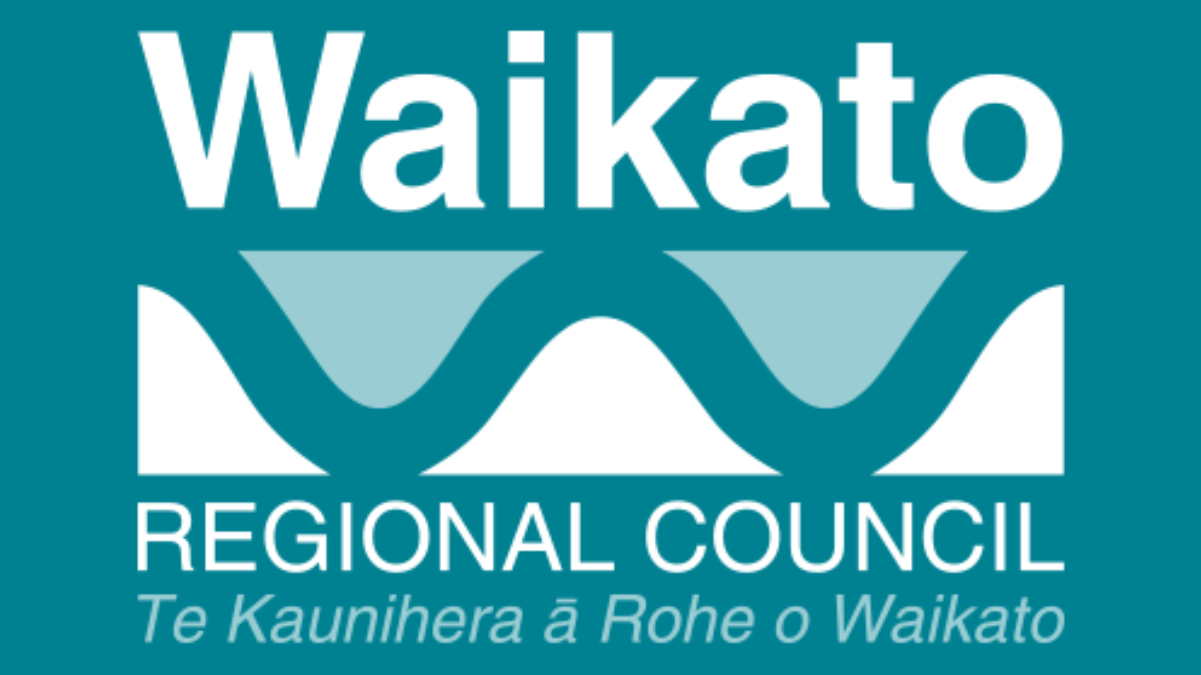Waikato Regional Council news
The Waikato region appears “an afterthought” in the Government’s Resource Management (Enabling Housing Supply and Other Matters) Amendment Bill, which is designed to improve housing supply.
Chair of Waikato Regional Council’s Strategy and Policy Committee, Pamela Storey, today told the Select Hearing Committee that much of the focus of the Bill appeared to be on Auckland and Wellington, and there seemed no clear understanding of Waikato’s unique environment, including the Waikato River.

and implementation risks, said Cr Storey.
Councillor Storey made her oral submission on behalf of Waikato Regional Council, although it aligned with submissions made by the Future Proof Waikato councils (Waikato District Council, Hamilton City Council, Waipā District Council, Waikato Regional Council) and Waikato-Tainui.
The Government announced in October it would introduce legislation to increase housing supply in New Zealand’s five largest urban areas: Auckland, “and greater Hamilton”, Tauranga, Wellington and Christchurch.
The Bill introduces the Intensification Streamlined Planning Process (ISPP) to support tier 1 councils (city, district and unitary councils) to more quickly implement the National Policy Statement Urban Development’s intensification policies.
It also introduces new medium density residential standards (MDRS) which will set seven building requirements to enable development and must be incorporated into RMA plans for Tier 1 councils.
The requirements will enable landowners to build up to three houses of up to three storeys on most sites without the need of a resource consent.
Cr Storey said it was disappointing that no opportunity had been provided for meaningful input into the Bill prior to select committee stage, particularly as the councils in the Waikato area were already working collaboratively on how to best enable urban growth and create well-functioning urban environments without overwhelming existing infrastructure and conflicting with other goals for land use planning.
“The Bill would set up development rights that would be very difficult to step back from in future if evidence shows that the pattern of urban development is not able to meet the requirements of Te Ture Whaimana o Te Awa o Waikato (The Vision and Strategy of the Waikato River), the primary driver for everything we do around the Waikato River and its catchments,” Cr Storey said.
The committee was told by Waikato Regional Council Strategic Policy Implementation manager Lisette Balsom that considerable time and money was being put into coordinating a response to the NPS Urban Development by updating the Future Proof Growth Strategy and amending the Waikato Regional Policy Statement and subsequent relevant district plans. Maintaining a cohesive approach to regional land use is critical to the success of a region, and the Bill challenges the councils’ ability to ensure this for their communities.
“Implementing the Bill in its current form has the potential to undermine these processes and the projects that are already planned for, through allowing a more dispersed pattern of density across the urban area. The Bill also has the potential to complicate providing for and upgrading infrastructure to support growth, such as three waters.”
Ms Balsom also told the committee the Bill:
- lacked understanding of how infrastructure planning worked in conjunction with land use planning and funding
- did not provide adequate timeframes for the Waikato councils to address the necessary requirements related to Te Ture Whaimana or to plan for the required infrastructure to support the proposed changes
- did not acknowledge the impact of increasing intensification on natural hazard risk and residual risk, which in the Waikato related to the many communities protected by the regional council’s flood protection assets.

